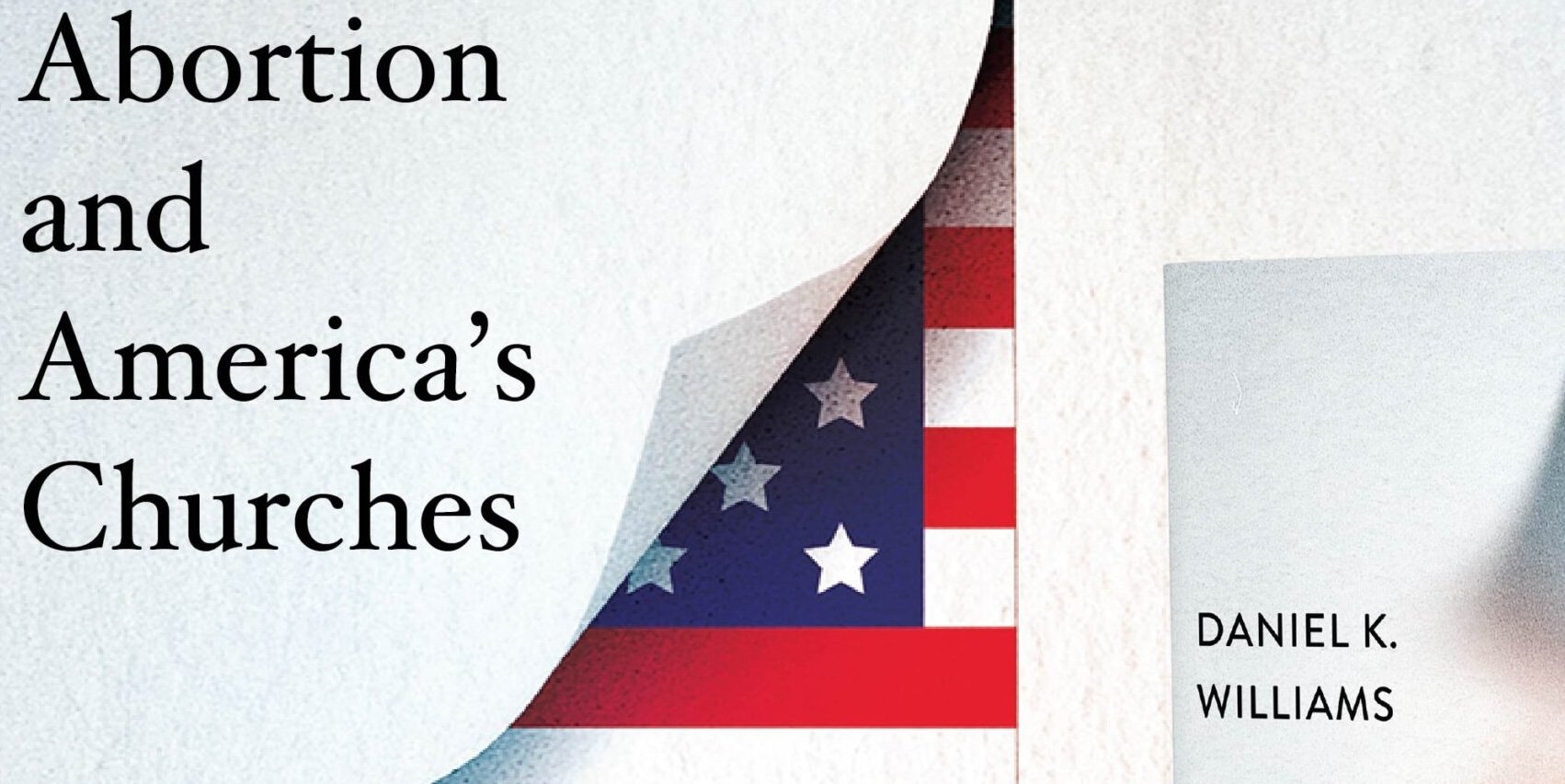This excerpt from Daniel K. Williams, Abortion and America's Churches: A Religious History of Roe v. Wade is published with permission of University of Notre Dame Press.
Login to read more
Sign in or create a free account to access Subscriber-only content.
